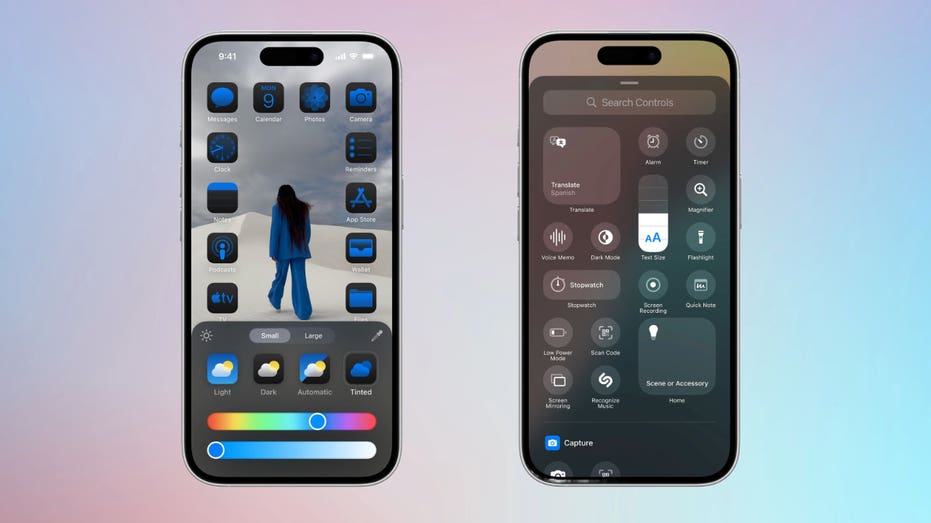There’s a fear that the technology will be concentrated among a few big companies. Microsoft essentially subsumed one leading startup, Inflection. Are you concerned about this centralization?
Competition is absolutely part of this discussion. The executive order talks specifically about that. One of the many dimensions of this issue is the extent to which power will reside only with those who are able to build these massive models.
The order calls for AI technology to embody equity and not include biases. A lot of people in DC are devoted to fighting diversity mandates. Others are uncomfortable with the government determining what constitutes bias. How does the government legally and morally put its finger on the scale?
Here’s what we’re doing. The president signed the executive order at the end of October. A couple of days later, the Office of Management and Budget came out with a memo—a draft of guidance about how all of government will use AI. Now we’re in the deep, wonky part, but this is where the rubber meets the road. It’s that guidance that will build in processes to make sure that when the government uses AI tools it’s not embedding bias.
That’s the strategy? You won’t mandate rules for the private sector but will impose them on the government, and because the government is such a big customer, companies will adopt them for everyone?
That can be helpful for setting a way that things work broadly. But there are also laws and regulations in place that ban discrimination in employment and lending decisions. So you can feel free to use AI, but it doesn’t get you off the hook.
Have you read Marc Andreessen’s techno-optimist manifesto?
No. I’ve heard of it.
There’s a line in there that basically says that if you’re slowing down the progress of AI, you are the equivalent of a murderer, because going forward without restraints will save lives.
That’s such an oversimplified view of the world. All of human history tells us that powerful technologies get used for good and for ill. The reason I love what I’ve gotten to do across four or five decades now is because I see over and over again that after a lot of work we end up making forward progress. That doesn’t happen automatically because of some cool new technology. It happens because of a lot of very human choices about how we use it, how we don’t use it, how we make sure people have access to it, and how we manage the downsides.
“I’m trying to figure out if you’re going to write a bunch of nice research papers, or you’re gonna move the needle on cancer.”
How are you encouraging the use of AI in government?
Right now AI is being used in government in more modest ways. Veterans Affairs is using it to get feedback from veterans to improve their services. The Social Security Administration is using it to accelerate the processing of disability claims.
Those are older programs. What’s next? Government bureaucrats spend a lot of time drafting documents. Will AI be part of that process?
That’s one place where you can see generative AI being used. Like in a corporation, we have to sort out how to use it responsibly, to make sure that sensitive data aren’t being leaked, and also that it’s not embedding bias. One of the things I’m really excited about in the executive order is an AI talent surge, saying to people who are experts in AI, “If you want to move the world, this is a great time to bring your skills to the government.” We published that on AI.gov.





